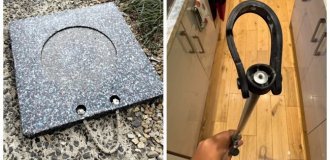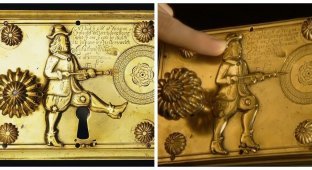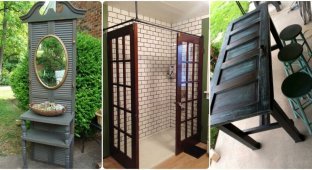How doors were closed 2000 years ago in ancient Roman shops and eateries (8 photos)
How-how, lock it, - you say. And you'll be right. Indeed, to the castle. Do you know what those doors looked like when they were locked? Now I will tell you and even show you. 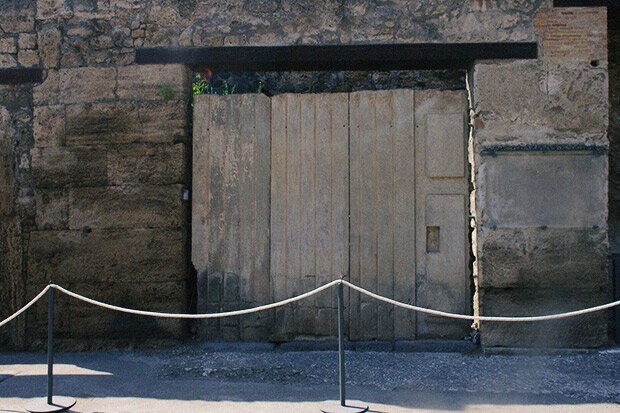
These establishments needed wide doorways so as not to detain the public and so that the very contents of the premises acted as advertising.
To close a wide doorway, the Romans used an accordion door. 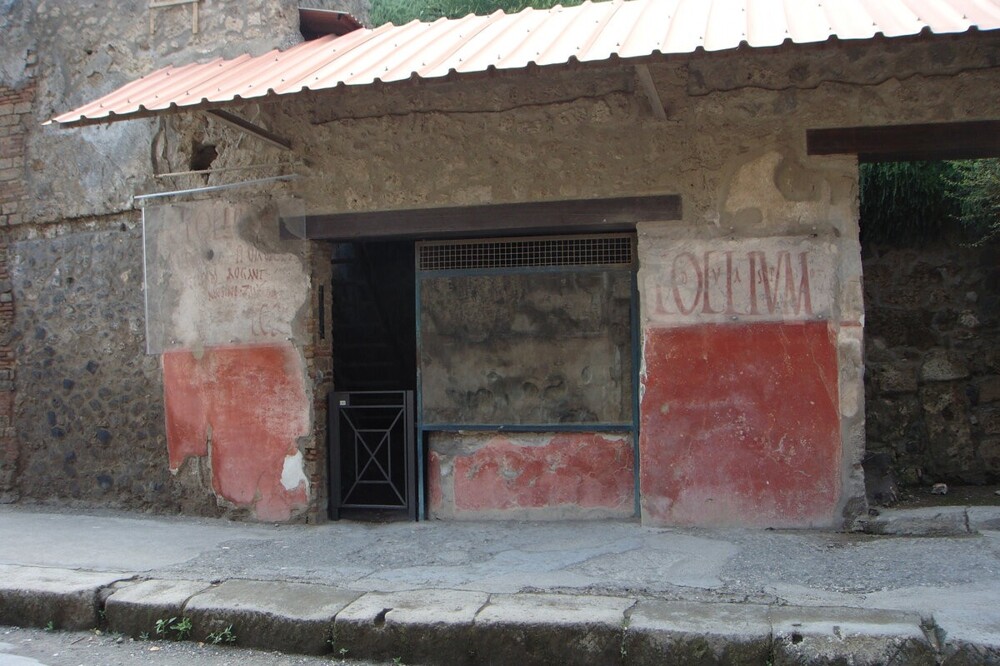
These are the doorways that have come down to us in the best-preserved ancient Roman city - Pompeii. 
But how do you close such huge “holes” in the walls so that thieves don’t get in? Doors, of course.
And the ancient Pompeii even installed special thresholds for these doors. 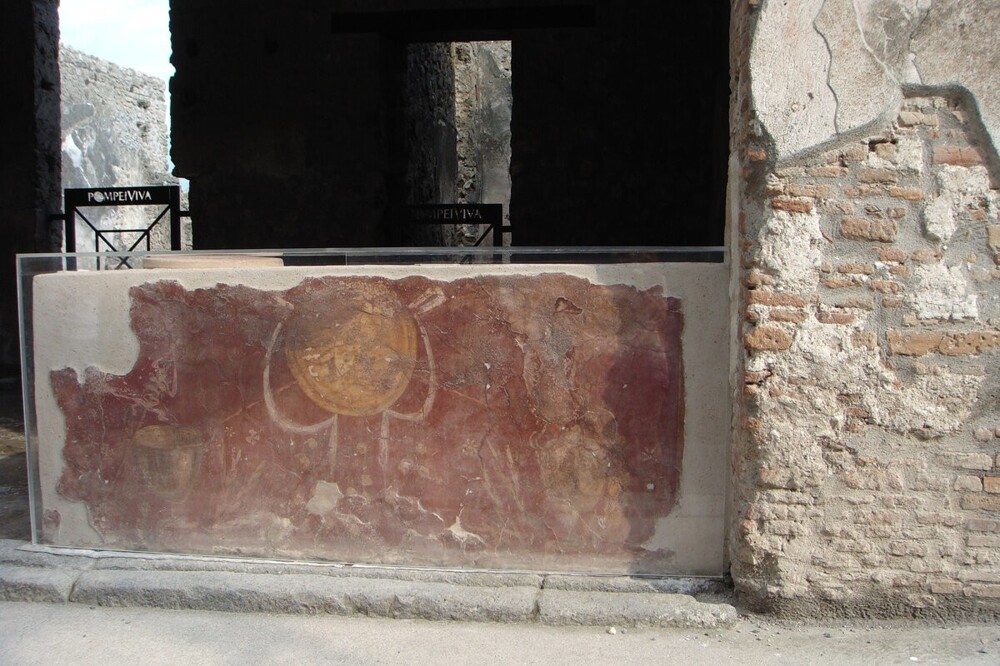
Please note: there is a gap running along the entire length of the stone threshold. A protrusion from the bottom of the wooden panels was inserted into this gap so that they could quickly move apart and move.
But how do we know what these doors looked like? After all, organic materials hardly survive over time - neither wood nor textiles. There are, however, special conditions for their preservation, but we will talk about them in the following publications.
It turned out that although they are not preserved, they leave imprints - in the ground or, as in Pompeii, in petrified ash. And it is enough to pour plaster on these negative prints, and you can get a plaster model of an ancient object. 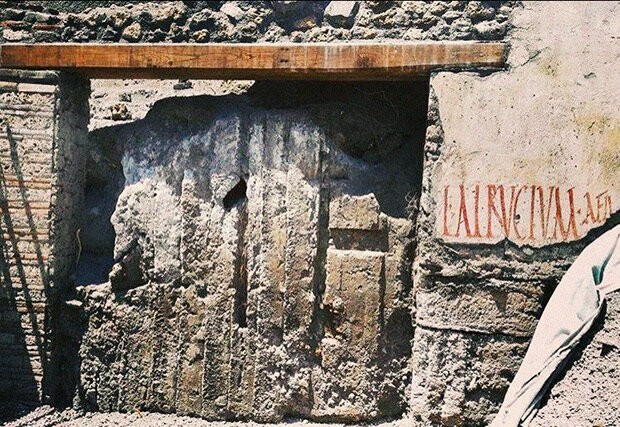
This is what the imprint of a wooden, long-decayed door looks like in the fossilized products of the eruption of Mount Vesuvius. 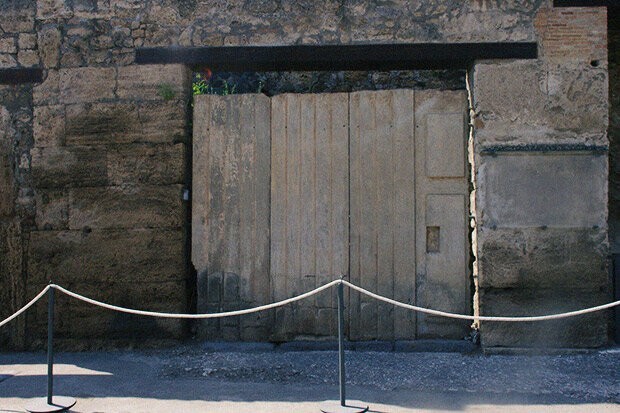
And this is what a plaster reconstruction of such a door looks like based on the imprint in the ashes. But since we have such wonderful prints and casts from them, it means there is also an opportunity to make a real wooden reconstruction.
And they did it. In the archaeological park of Carnunta (an ancient Roman military camp in Upper Pannonia) in Austria, a reconstruction of an entire shopping street was built. 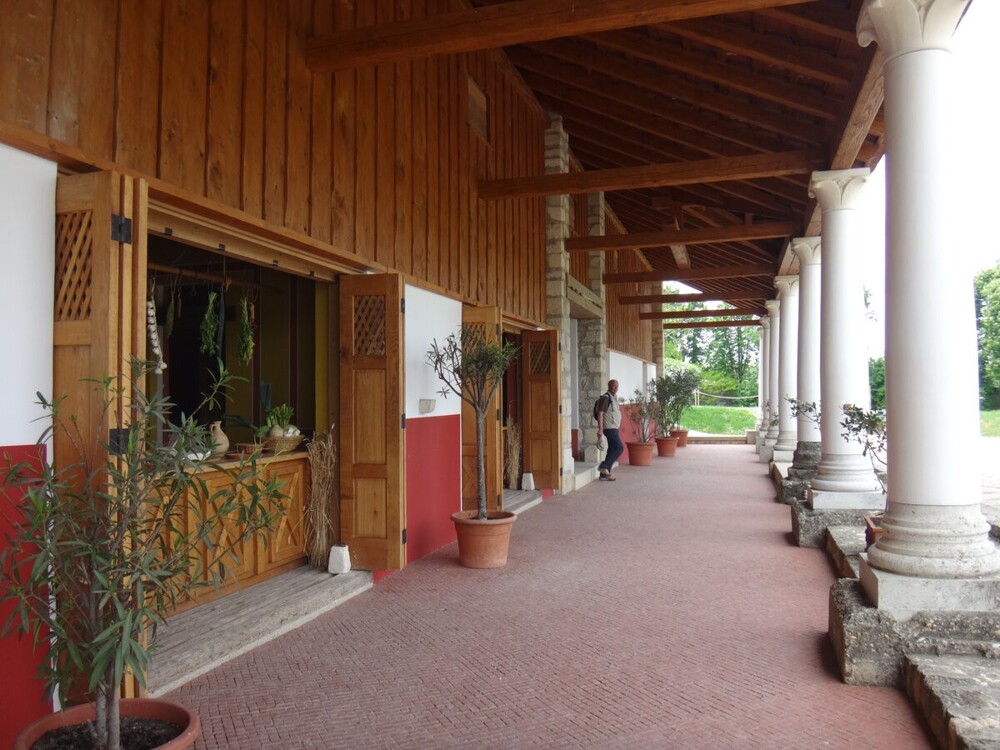
On this street we can look into an ordinary ancient Roman shop. 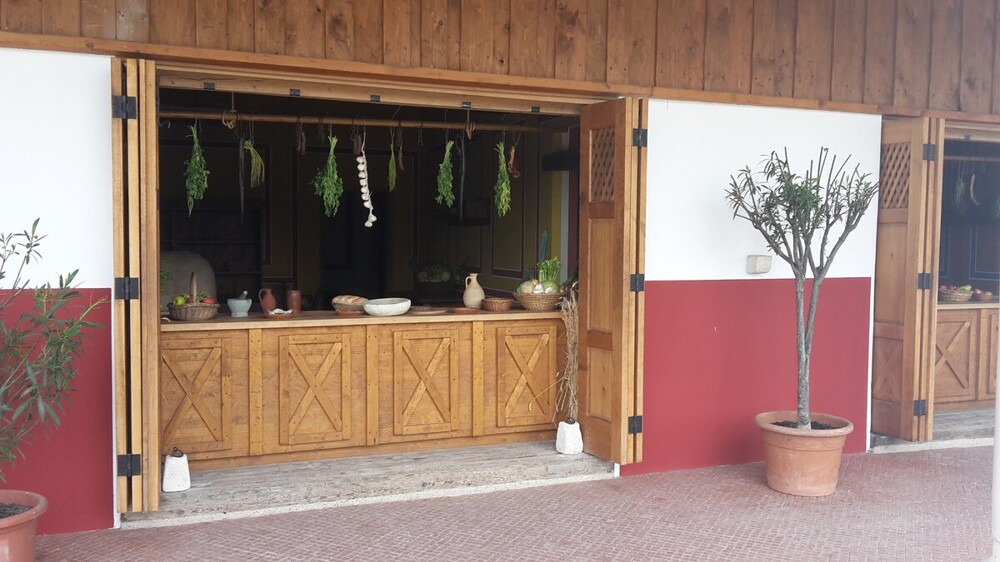
And to meet in it the accordion doors that are already familiar to us. This is how archeology reveals to us the life of past eras.
In the following publications we will focus on organic household items that have survived against all odds, which are from 500 to 5000 years old.


